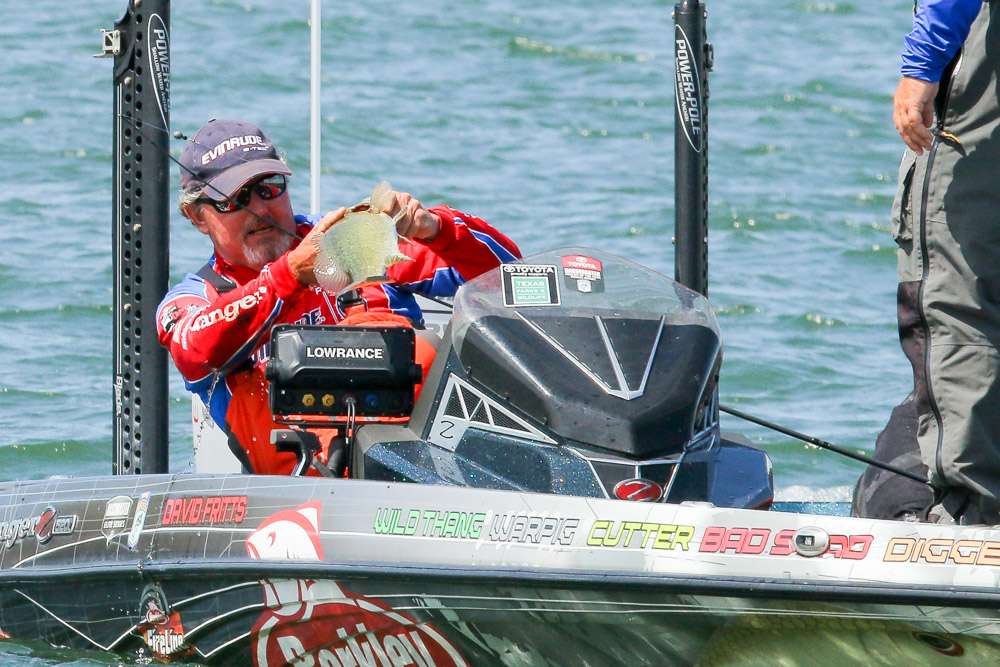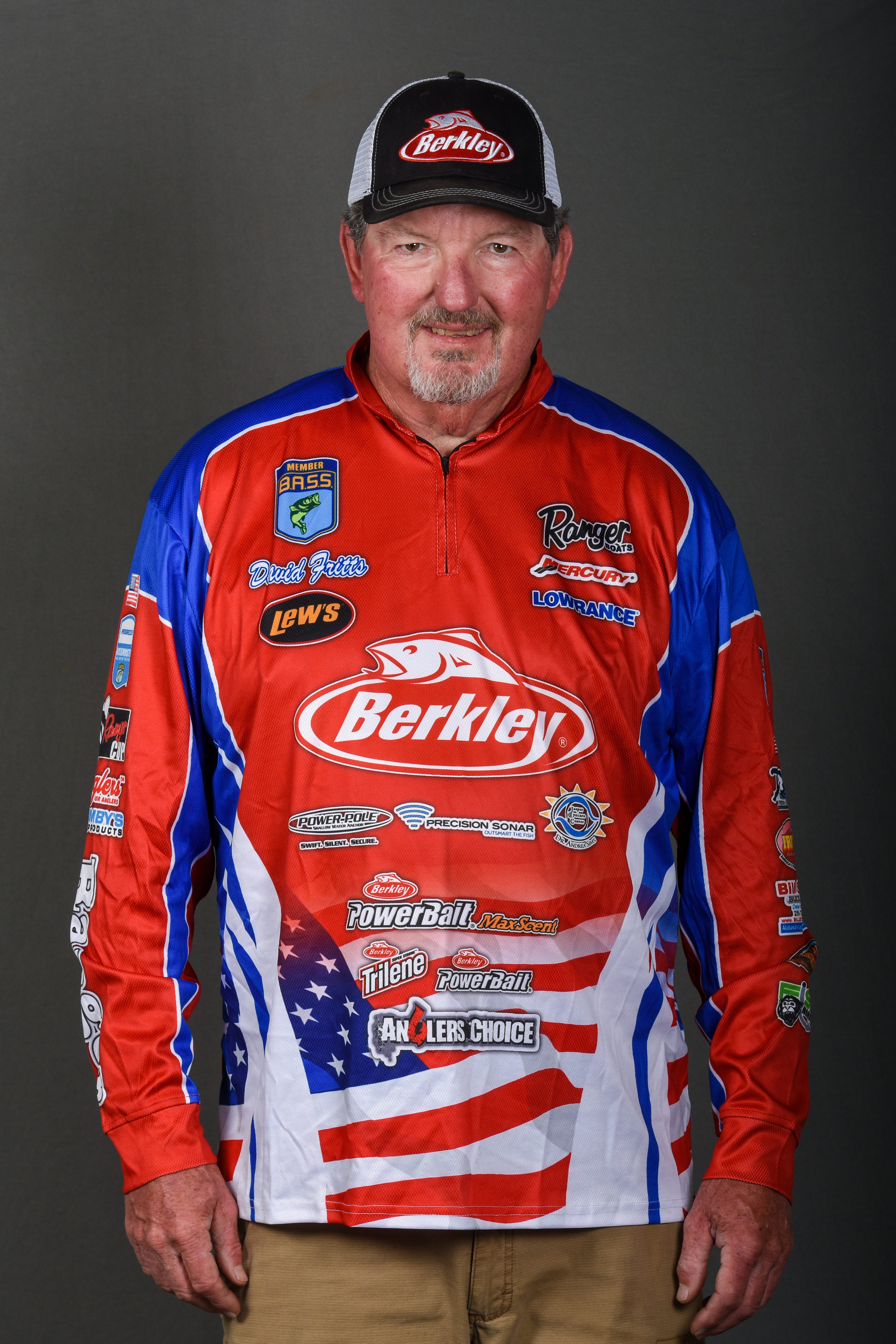
A lot of anglers have trouble getting as much depth out of their crankbaits as they should get. A likely explanation for that is that he or she doesn’t understand what factors control running depth and how to make them work to their advantage.
I’ve spent most of my career with a crankbait on the end of my rod. Crankbait speed is most important, casting distance is second and line diameter is third when you’re talking about running depth.
A lot of anglers think that cranking fast is the way to get one down. They buy a high-speed reel and think that’ll solve their problem. It won’t. It’ll make it worse.
All the gear ratio tells you is how fast the spool is turning. Think about speed in terms of line pick-up in inches per handle turn. That’s what really matters. That’s how you should measure speed. Your gear ratio is only a part of that.
The size of your spool and how much line is on it is just as important. A large spool picks up more line per turn that a small spool. The same thing is true if your spool is full or half empty. Everything works together.
The correct speed of any crankbait reel is 21 inches of line pick-up per turn of the reel handle. Most of that information is on the internet or on the packaging. If it isn’t, measure what your reel is doing with a ruler. It’s that important. A change of just an inch or two on every turn is huge.
And, do not try to control your speed by slowing down or speeding up how fast you turn the reel handle. A few anglers might be able to do that, but not many. We all go faster than we think. If you don’t believe me, try to count the number of handle turns as you wind a crankbait back. I guarantee you that you can’t count that fast. You’ll fall behind quick enough.
I’ve spent a lot of time on speed in this column. That’s because it’s important. Move your crankbait too slow or too fast and it’ll run too shallow. The bill has to bite into the water at the correct angle for the lure to run as deep as possible.
The length of your cast is the next thing that affects running depth. A longer cast will let the bait get down deeper. Less than 40 yards won’t get it for most baits. Longer than that is better.
The final thing you want to think about when it comes to running depth is line diameter. Thicker lines don’t get the crankbait down as deep as thinner lines. But don’t confuse line diameter with test-weight. Check the package. Some 8-pound-test lines might be thicker than some 10-pound-test lines.
The three things I’ve talked about all work together, and they’re all taken into consideration by quality manufacturers. Here at Berkley we assume the following when we tell you how deep a bait will run: A cast of 40 or 50 yards, 10-pound-test Trilene Sensation Professional Grade line and a reel speed that takes up 21 inches per turn of the handle.
If you want your crankbaits to get down as deep as possible, think speed, then casting distance and finally line diameter. You’ll be better off for it.

